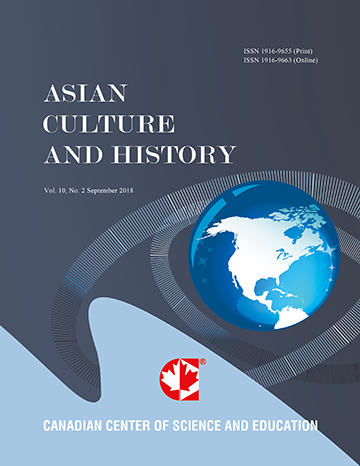Aesthetic Sense of the Vietnamese through Three Renovations of
- Duong Duc
- Mingxin Bao
Abstract
Ao dai is a typical long dress of Viet Nam used to be worn by both men and women of the Viet and other ethnic peoples. In her shaping and development history, Viet Nam became a place that converged various cultural flows such as the Vietnamese indigenous culture and that of the Chinese, Champa and Indian etc. To the end of the 19th century, especially the 20th, Viet Nam continued to be influenced by the French culture and the American ways of living. The acceptance of cultures from various nationalities and communities from the North to South, East to West made it possible for the Vietnamese fashion designers to harmonize all into an Ao dai for the Vietnamese women. This article will synthesize and analyze three renovation movements of Ao dai in the 20th century. It also discusses about these processes and introduces typical innovators whose contribution has created the Ao dai as it is today, a traditional dress that represents history of the Vietnamese culture, aesthetic sense, art and vitality.- Full Text:
 PDF
PDF
- DOI:10.5539/ach.v4n2p99
Journal Metrics
Google-based Impact Factor (2017): 5.42
h-index (January 2018): 11
i10-index (January 2018): 21
h5-index (January 2018): 6
h5-median (January 2018): 9
Index
- Academic Journals Database
- CNKI Scholar
- COPAC
- EconPapers
- Elektronische Zeitschriftenbibliothek (EZB)
- Excellence in Research for Australia (ERA)
- Genamics JournalSeek
- Google Scholar
- Infotrieve
- LOCKSS
- MIAR
- NewJour
- Open J-Gate
- PKP Open Archives Harvester
- Publons
- RePEc
- Scilit
- SHERPA/RoMEO
- Standard Periodical Directory
- Technische Informationsbibliothek (TIB)
- The Keepers Registry
- Universe Digital Library
- WorldCat
Contact
- Ivan YongEditorial Assistant
- ach@ccsenet.org
